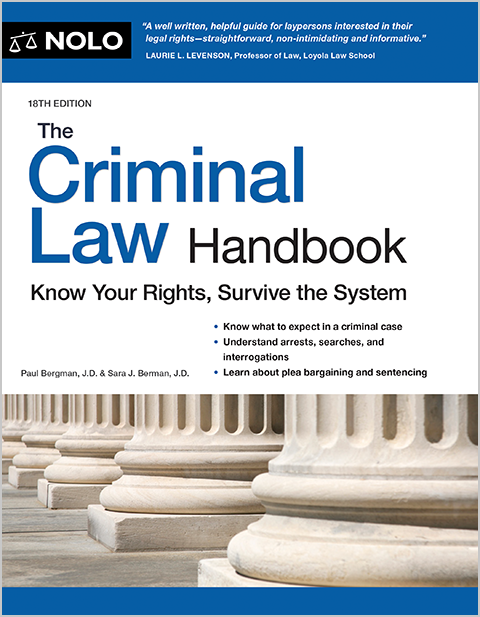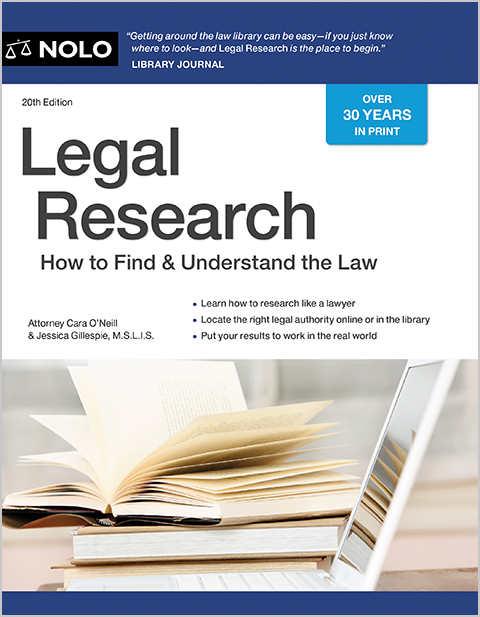Probable cause requires more than a mere suspicion that a suspect committed a crime but not an absolute certainty.
Probable cause is the key issue in the arrest process. Under the Fourth Amendment, the police need probable cause to make an arrest or obtain an arrest warrant from a judge.
Probable Cause to Make an Arrest
To establish probable cause, police officers must be able to point to objective circumstances leading them to believe that a suspect committed a crime. A police officer can't establish probable cause by saying something like, "I just had a hunch that the defendant was a burglar."
Ultimately, judges—not police officers—have the last word on whether probable cause exists. A police officer may be sincere in believing that the facts establish probable cause. But if a judge examines that same information and disagrees, probable cause does not exist (or did not exist, if the question is being decided after an arrest).
Note that probable cause may have existed at the time of an arrest even if the defendant didn't actually do anything wrong. Put differently, an arrest is valid as long as it is based on probable cause, even if the arrested person is innocent.
How Much Information Equals Probable Cause?
The million-dollar question: How much information do police officers need to convince a judge to issue an arrest warrant or to justify a warrantless arrest? In general, probable cause requires more than reasonable suspicion (what's needed for a detention) but less than proof beyond a reasonable doubt (what's needed for a conviction).
Courts are extremely reluctant to describe probable cause in terms of numbers. Judges must determine on a case-by-case basis whether there is or was probable cause for an arrest.
Examples of Probable Cause
Instead of using a rigid technical or mathematical standard, courts look at the totality of the circumstances, including what facts were available to the officer, the officer's experience and training, and the reliability of the information. Take the following examples.
Probable cause. Officer Furman arrives at Simpson's Jewelry store moments after it's been robbed. He sees broken glass inside the store. A man claiming to be the owner is on the scene. He's holding keys and seems distressed. He tells Officer Furman that a man, approximately 6'5" tall and weighing over 300 pounds, held up the store at gunpoint and escaped with rings and watches in a small brown paper bag. A few minutes later, less than a mile away from the jewelry store, Officer Furman pulls a car over for speeding. The driver matches the description of the robber. On the seat next to the driver, the officer sees a small brown paper bag and a couple of watches with the price tags attached. Even though Officer Furman did not witness the robbery, the driver matches the unusual physical description of the robber and has property that looks like the stolen items. Furman has probable cause to arrest the driver.
Probable cause. Same case. But assume that the person claiming to be the jewelry store owner (Simpson) was actually the robber's accomplice. The accomplice gave Officer Furman a phony description and fled after the officer drove off. Officer Furman pulls over the same driver described above. But this driver is innocent and later proves that he's the lawful owner of the watches that the officer saw on the seat. In this scenario, Officer Furman had no reason to doubt the word of the person claiming to be the jewelry store owner. Thus, the officer had probable cause to make the arrest, even though the information turned out to be incorrect.
No probable cause. Two gas station clerks described a robber as a tall black man, with an athletic build, between 6'1" and 6'3" inches in height, wearing a Colorado Rockies hat, dark pants and a dark coat, and carrying a silver handgun. When arresting the defendant at a nearby motel, the officer relied only on the defendant's general appearance as a "tall black man wearing dark clothes," the late hour, and the proximity of the motel to the crime scene. The court noted this general information was too vague to give rise to probable cause, especially given that the most distinctive elements were missing (the Rockies hat and silver gun) and that two men with the defendant also matched the description. (People v. Lewis, 975 P.2d 160 (Colo. 1999).)

